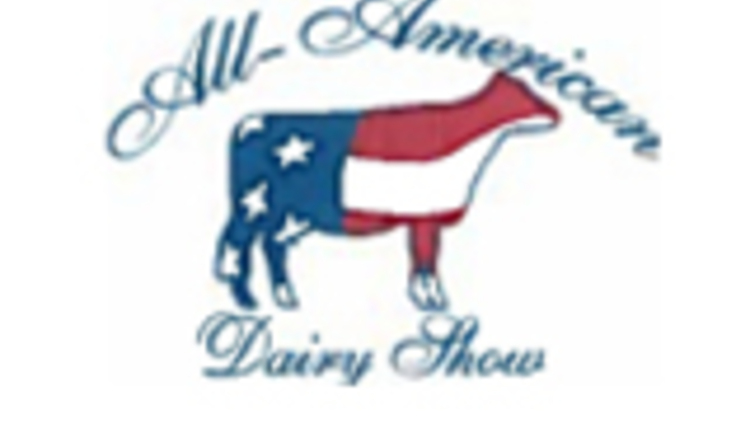The information below has been supplied by dairy marketers and other industry organizations. It has not been edited, verified or endorsed by Hoard's Dairyman.

ARDEN HILLS, Minn. [May 15, 2025] – Protecting pigs from outside pathogens starts with a sound biosecurity plan – including disinfecting equipment, showering when entering and exiting buildings, and cleaning all vehicles upon entering the farm. But one important element that’s often overlooked is feed.
The 2013 porcine epidemic diarrhea virus (PEDV) outbreak in the U.S. prompted many in the swine industry to take a closer look at feed, not just as a disease risk, but also as a tool to help strengthen biosecurity, notes Stacie Crowder, Ph.D., director of additive sales and technical innovation with Fortiva™.
“Feed is in constant motion – delivered from feed mills to farms to feed troughs, touching multiple points along the way,” says Crowder. “Utilizing the right ingredients can help reduce pathogens in the feed while also supporting immune health for long-term performance.”
As animal health threats like highly pathogenic avian influenza (HPAI) and porcine reproductive and respiratory syndrome virus (PRRSV) continue to challenge the industry, feed additives offer a practical way to close one of the most overlooked biosecurity gaps.
Ingredients that do more
While efforts like disinfecting equipment and showering in and out of facilities limit the risk of disease spread, they don’t eliminate it entirely. Aerosol diseases carried by other animals, such as HPAI, and fecal-oral diseases like PEDV, remain a risk.
Feed biosecurity additives can provide another layer of defense against both pathogens in the feed and from other sources on the farm.
“We’ve placed more focus in recent years on feed materials, ingredients and where they come from to better understand the biosecurity risk they may pose,” says Crowder. “But, we also know that diseases can enter farms through multiple avenues.”
That’s why it’s important to utilize feed biosecurity additives that cover all the bases, Crowder notes.
“Look for ingredients that give you a benefit beyond the feeder,” she adds. “To get the maximum return on your investment, there needs to be a benefit beyond targeting pathogens in the feed because we know the right ingredients can impact the immune system and gut health to help reduce incidence and severity of disease, no matter the pathogen source.”
Crowder recommends using feed biosecurity additives that are not only effective, but also easy to use.
“Some feed additives require a special ventilation system or closed system to use while others don’t; some are liquid products, some are dry products,” notes Crowder. “Work with your feed mill to utilize ingredients that will provide the most benefit for your animals and will fit their capabilities or your ability to add the ingredient to the diet on-farm.”
Prepare the immune system
Crowder emphasizes that a feed biosecurity additive is most effective when used before a disease outbreak occurs.
“Feed additives, like medium chain fatty acids, help boost the immune system to reduce the incidence of disease and better prepare the animal to defend against pathogens,” she says. “It’s about preparing the immune system ahead of time rather than waiting for a break to occur.”
While year-round protection is most effective, utilizing feed biosecurity measures during targeted periods can also be a good strategy.
“A feed biosecurity additive could be introduced during cold weather months when the incidence of diseases like PRRSV tends to be elevated,” notes Crowder. “I’d also recommend being prepared to implement feed biosecurity measures if a disease outbreak has been detected in a nearby operation.”
No single strategy can stop every threat, but layering feed biosecurity into your overall disease management plan strengthens your defenses. The right ingredients can give your herd an added layer of protection where it counts most.
For more information about the FortivaTM brand and product line, visit fortivaimpact.com.
Fortiva (www.fortivaimpact.com) helps shape the future of animal resilience through impactful ingredients, serving large integrators and producers, veterinarians, independent nutritionists, feed manufacturers, co-ops and dealers throughout the United States. The company creates non-medicated critical active ingredients that work with an animal’s physiology to solve real-world challenges in livestock production. Fortiva is headquartered in Arden Hills, Minn.


